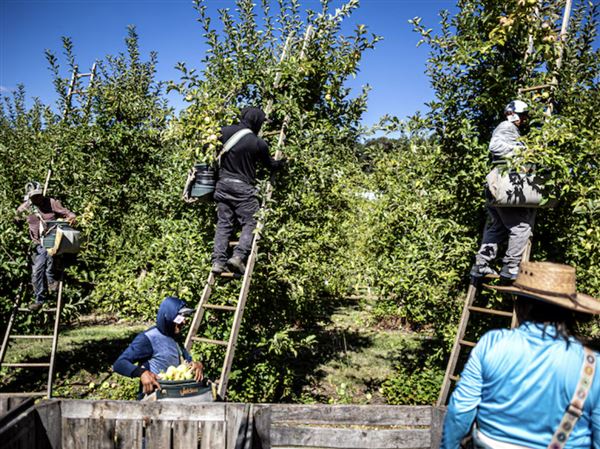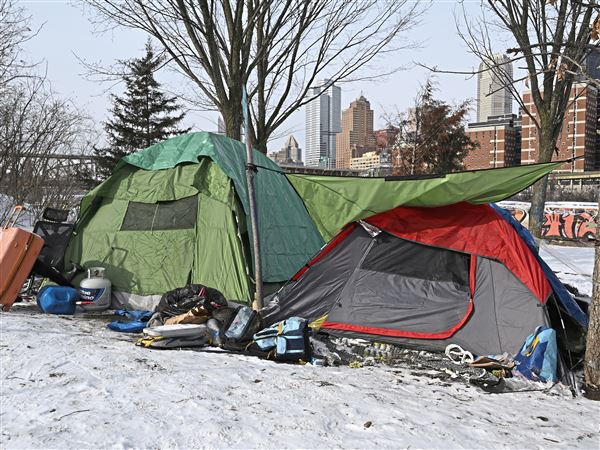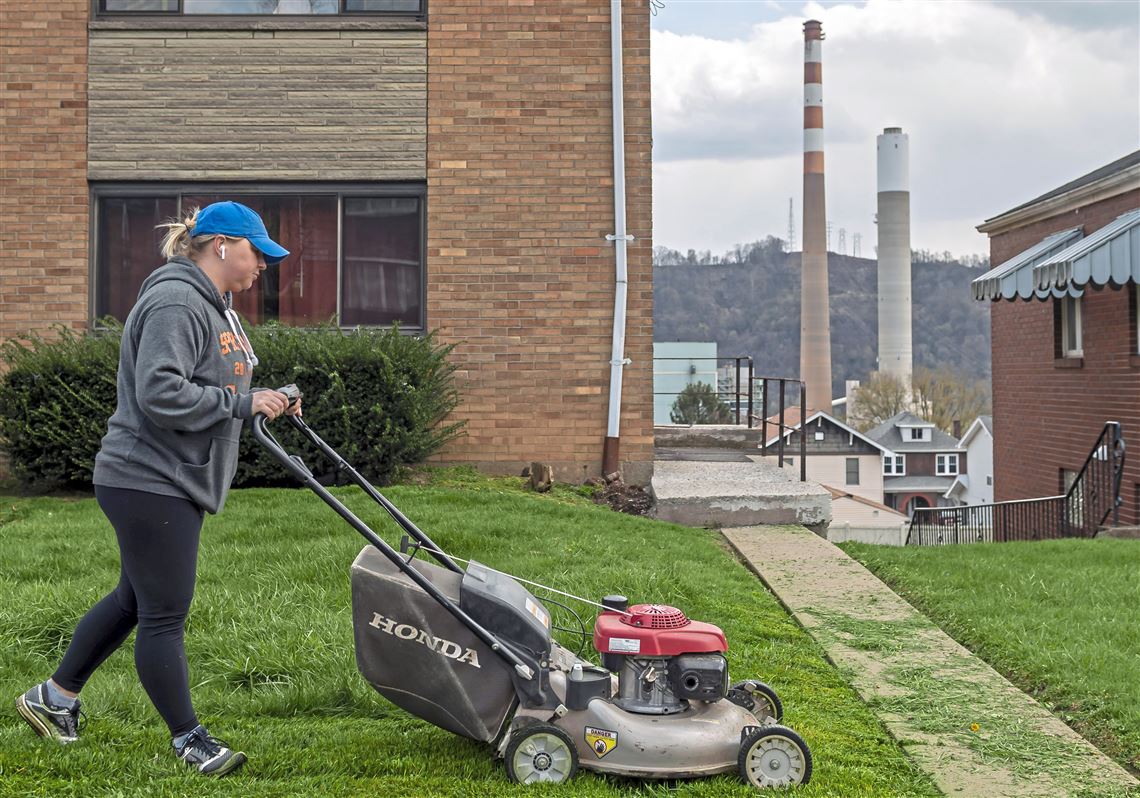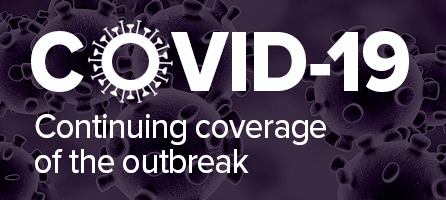Long-term exposure to higher concentrations of airborne particle pollution significantly increases the death rate for those infected with the novel coronavirus known as COVID-19, according to a new Harvard University study.
The study, the first to assess the relationship between exposure to fine particles, known as PM2.5, and COVID-19 mortality, also is critical of the Trump administration’s plans to relax enforcement of pollution standards during the ongoing pandemic.
Researchers at Harvard University’s T.H. Chan School of Public Health reviewed COVID-19 mortality data from 3,000 U.S. counties through April 3 and found that exposure to increased concentrations of fine airborne particles is associated with a 15% increase in coronavirus mortality.
“Even absent the pandemic there’s an overwhelming amount of scientific evidence showing fine particulate matter damages human health,” said Francesca Dominici, senior study author and co-director of the Harvard Data Science Initiative. “And this study tells us that counties with more air pollution will have more hospitalizations and higher mortality risks in the new world of COVID.”
The Harvard study does not rank nor highlight individual counties by pollution levels or high COVID-19 mortality.
Allegheny County, given its steel, coke and manufacturing legacy, has struggled over the last 50 years to meet federal air quality standards. And in 2015 the county was designated a federal “non-attainment area” for failing to meet the 2012 PM2.5 standard of 12 micrograms per cubic meter of air.
“We know Pittsburgh and Allegheny County have historically high levels of PM,” Ms. Dominici said, “and our study is saying that people breathing polluted air for a long time are more susceptible to contracting COVID-19 and dying from it.”
She said the impact of the county’s poor air quality could be mitigated to some extent by the region’s strong health care industry, and the study lists the number of hospital beds as a positive factor in reducing coronavirus mortality.
“It’s important to have the medical resources,” Ms. Dominici said. “The beds and the ability to treat COVID promptly when people get to the hospital helps.”
Another data review, this one by QuoteWizard, an insurance news website, found similar associations between health and environmental factors and the COVID-19 outbreak. It calculated that more than 70% of coronavirus cases and about 80% of all deaths have occurred in the top 20 polluting states. California, Florida and Louisiana, among the biggest polluting states, also are among those with the highest number of COVID-19 cases.
Pennsylvania was ranked as the 13th most polluted state. According to the QuoteWizard review, which was using numbers from April 8, Pennsylvania had almost 15,000 COVID-19 cases, seventh most in the nation, and 250 fatalities, ninth in the nation.
Early in the crisis, the Centers for Disease Control and Prevention announced that people most at risk are those with underlying health conditions, including asthma, chronic lung disease and cardiovascular disease, which can be related to air pollution. It is therefore likely that high-pollution areas around the country are putting people at greater risk of COVID-19, according to the QuoteWizard site.
According to the Harvard study, which has been submitted to the peer-reviewed New England Journal of Medicine, its findings underscore the importance of continuing to enforce federal air pollution standards to protect public health during and after the pandemic.
The Trump administration in March said the U.S. Environmental Protection Agency would relax enforcement of air quality standards during the pandemic. That won’t have an impact locally because the Allegheny County Health Department, which is the lead air quality agency in the county, announced it will continue regular enforcement.
The EPA also has noted that due to the economic shutdown, vehicle and manufacturing emissions are much reduced.
“It’s true that with the economy stopping, no travel and no driving to work, there is a temporary, short-term reduction in air pollution, but we are expecting that as soon as the economy is restarted, pollution will go up again and people will get even sicker when they contract COVID,” Ms. Dominici said. “The EPA rollback of rules will give industry license to pollute even more.”
In addition to that temporary enforcement pause, the Trump administration announced Tuesday that, following a lengthy review, it will not tighten the PM2.5 pollution standard established in 2012, a non-action that industries supported and environmental and public health organizations criticized for failing to adequately protect public health. The county health department has developed a plan to achieve the standard by the end of 2021.
Alison Steele, executive director of the Southwest Pennsylvania Environmental Health Project, said the organization tracks particle pollution throughout the region and is aware that such exposure increases the health risks for those with chronic diseases and coronavirus.
“The [COVID-19] disease is following the same patterns of other infectious lung diseases,” Ms. Steele said. “And for those exposed, there’s more risk of developing serious symptoms.”
Ms. Dominici said there are many scientific studies, including a 2018 study she participated in, that show the 2012 standard should be tightened to protect human health.
The fine airborne particles, less than 2.5 micrometers across or one-40th the size of a human hair, are emitted in vehicle exhausts, industrial and power plant emissions and fires, and are so dangerous because they can be inhaled deep into lungs and contain hundreds of chemicals.
Don Hopey: dhopey@post-gazette.com or 412-263-1983. Twitter: @donhopey.
First Published: April 19, 2020, 10:30 a.m.




















